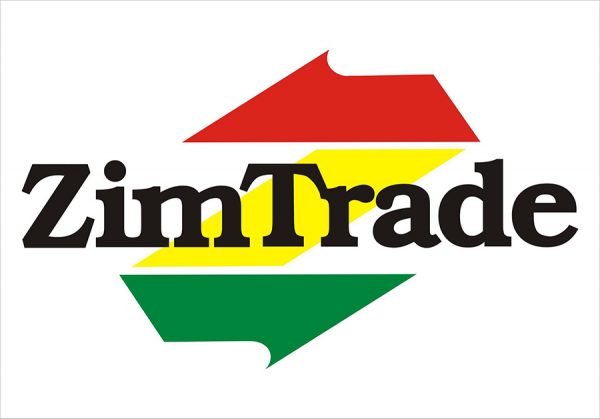
Trade and export promotion body, ZimTrade has urged exporters to make use of preferential trading under the Sadc Trade Protocol, which gives them favourable tariffs.
BY TATIRA ZWINOIRA
In its latest newsletter, ZimTrade said the protocol allows specific tariff benefits, including reduced or zero duty rates on qualifying goods traded between Sadc countries.
“Out of a total export bill of $2,7 billion in 2015, 92% of Zimbabwe’s exports were destined for the Sadc region, which had a total import bill of $1,66bn. Zimbabwe can significantly increase its market share in the regional bloc if producers and exporters take full advantage of the provisions of the protocol,” the trade promotion body said.
“Producers and exporters need to be aware of the Sadc rules of origin and register qualifying goods with the Zimbabwe Revenue Authority (Zimra) so as to benefit from the preferential treatment offered by the protocol.”
This comes as research has shown importers and buyers in other Sadc countries are more likely to trade with Zimbabwean producers or registered exporters.
Producers and exporters are being urged to go through the registration process in advance to avoid delays when they start exporting.
ZimTrade said producers or exporters seeking to boost their exports into the Sadc market must first obtain a certificate of origin on qualifying goods, to allow them access to preferential rates of duty.
- Chamisa under fire over US$120K donation
- Mavhunga puts DeMbare into Chibuku quarterfinals
- Pension funds bet on Cabora Bassa oilfields
- Councils defy govt fire tender directive
Keep Reading
“Zimbabwean companies that import goods from Sadc countries can also benefit from zero/reduced duty. If the imports are raw materials or intermediate goods for further processing, the cost of production becomes lower,” ZimTrade said.
The Confederation of Zimbabwe Industries (CZI) has found out that 68% of producers were importing raw materials, with 58% of that coming from South Africa alone.
“The Sadc rules of origin criteria generally requires that goods be wholly produced/obtained or have undergone sufficient transformation in the manufacturing process. Goods should be consigned directly from a member State to a consignee in another member State,” ZimTrade said.
Exports in the first half of the year were $1,12bn, which was significantly lower than $2,5bn worth of imports.
Treasury is currently pushing for exporters and producers to grow their exports, as they constitute 60% of liquidity flows into the country.
The Zimbabwe National Statistics Agency reported that exports in August were $202,58 million, which rebounded from the previous month’s $183,65m.
Based on the CZI manufacturing survey, analysts say the rebound was due to increased capacity of more than 30% by manufacturers, who increased their exports on the back of import restrictions.











